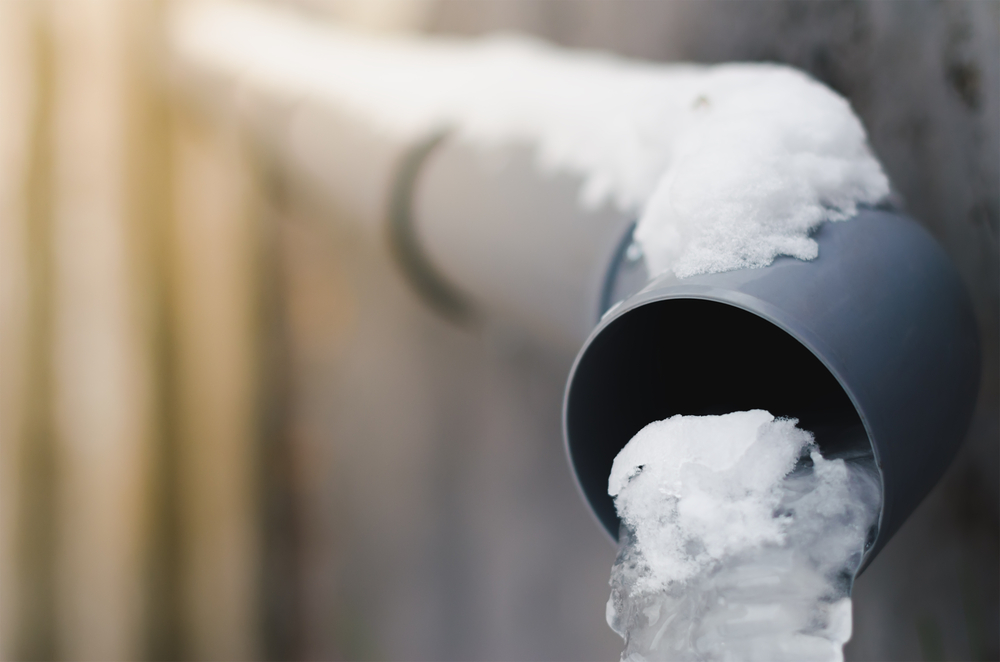Preventing Frozen Pipes: Effective Methods for Winter
Preventing Frozen Pipes: Effective Methods for Winter
Blog Article
This post in the next paragraphs pertaining to How To Avoid Freezing Pipes is indeed enlightening. Give it a try and draw your own conclusions.

Winter can wreak havoc on your pipes, specifically by freezing pipes. Right here's just how to prevent it from occurring and what to do if it does.
Introduction
As temperature levels drop, the risk of frozen pipes boosts, possibly bring about pricey repairs and water damage. Understanding how to prevent frozen pipes is crucial for homeowners in cold environments.
Recognizing Icy Pipes
What causes pipelines to ice up?
Pipes ice up when subjected to temperatures below 32 ° F (0 ° C) for expanded periods. As water inside the pipelines ices up, it expands, taxing the pipe wall surfaces and possibly causing them to break.
Risks and problems
Icy pipelines can cause water disturbances, home damages, and costly repairs. Ruptured pipes can flood homes and create substantial structural damages.
Indicators of Frozen Pipeline
Determining icy pipelines early can prevent them from rupturing.
Exactly how to determine icy pipelines
Look for decreased water flow from taps, unusual odors or noises from pipes, and noticeable frost on subjected pipes.
Prevention Tips
Shielding prone pipes
Cover pipes in insulation sleeves or use warm tape to protect them from freezing temperature levels. Concentrate on pipelines in unheated or outside areas of the home.
Home heating techniques
Keep indoor spaces adequately heated up, especially areas with pipes. Open cupboard doors to enable cozy air to circulate around pipes under sinks.
Shielding Exterior Plumbing
Yard tubes and outdoor faucets
Disconnect and drain pipes garden hoses before winter. Mount frost-proof spigots or cover exterior faucets with protected caps.
What to Do If Your Pipelines Freeze
Immediate activities to take
If you presume icy pipes, keep faucets available to relieve stress as the ice thaws. Make use of a hairdryer or towels taken in hot water to thaw pipes gradually.
Long-Term Solutions
Structural adjustments
Take into consideration rerouting pipelines away from outside wall surfaces or unheated areas. Include additional insulation to attic rooms, basements, and crawl spaces.
Upgrading insulation
Purchase premium insulation for pipelines, attics, and wall surfaces. Appropriate insulation aids maintain regular temperatures and minimizes the risk of frozen pipelines.
Conclusion
Protecting against frozen pipes needs aggressive steps and quick feedbacks. By understanding the causes, indications, and safety nets, home owners can secure their pipes during winter.
6 Proven Ways to Prevent Frozen Pipes and Protect Your Home
Disconnect and Drain Garden Hoses
Before winter arrives, start by disconnecting your garden hoses and draining any remaining water. Close the shut-off valves that supply outdoor hose bibs and leave the outdoor faucet open to allow any residual water to drain. For extra protection, consider using faucet covers throughout the colder months. It’s also important to drain water from any sprinkler supply lines following the manufacturer’s directions.
Insulate Exposed Pipes
Insulating your pipes is an effective way to prevent freezing. Pipe insulation is readily available at home improvement stores and is relatively inexpensive. Pay close attention to pipes in unheated areas such as the attic, basement, crawl spaces, or garage. Apply foam insulation generously to create a buffer against the cold. You can also wrap your pipes in heat tape or thermostat-controlled heat cables for added warmth.
Seal Air Leaks
Inspect your home for any cracks or openings that could let in cold air. Seal any holes around the piping in interior or exterior walls, as well as the sill plates where your home rests on its foundation. Additionally, make sure to keep your garage door closed unless you’re entering or exiting. Leaving it open creates a significant air leak that can lead to frozen pipes.
Allow Warm Air Circulation
During cold snaps, it’s essential to allow warm air to circulate evenly throughout your home. Leave interior doors ajar to promote better airflow. Open kitchen and bathroom cabinets to help distribute heat consistently around the rooms. If you have small children or pets, be sure to remove any household chemicals or potentially harmful cleaners from open cabinets for safety.
Let Faucets Drip
A small trickle of water can make a big difference in preventing ice formation inside your pipes. When temperatures drop significantly, start a drip of water from all faucets served by exposed pipes. This continuous flow helps prevent the water from freezing. Additionally, running a few faucets slightly can relieve pressure inside the pipes, reducing the chances of a rupture if the water inside does freeze.
https://choateshvac.com/6-proven-ways-to-prevent-frozen-pipes-and-protect-your-home/

I came across that post on How to Prevent Your Pipes From Freezing while perusing the search engines. Are you aware of somebody else who is fascinated with the niche? Why not promote it. Thank you so much for going through it.
Book Your Service Report this page